First dormancy approaches...help!
drwurm
16 years ago
Related Stories
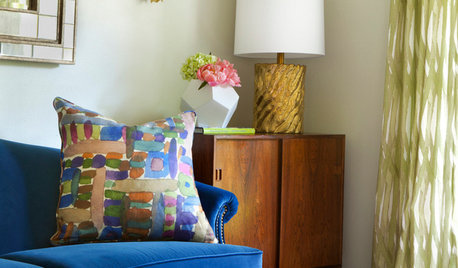
DECORATING GUIDESHouzz Tour: Ranch Home With a Fresh Approach to Pattern
A designer balances brights and neutrals, geometrics and brushstrokes in this vibrant house in Texas
Full Story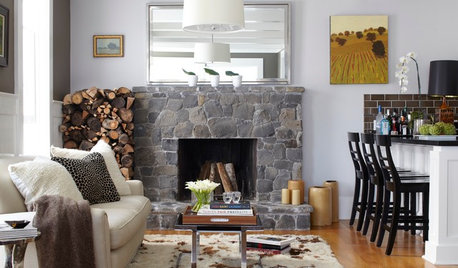
DECORATING GUIDESA Subliminal Approach to Fall Decorating
Get your home in the autumn groove without going over the top, with decorating ideas from two top San Francisco designers
Full Story
FEEL-GOOD HOMEInherited Pieces: Embrace the Approach That Works for You
How you remember and honor loved ones through heirlooms is your decision alone
Full Story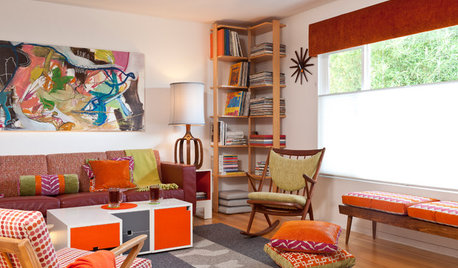
COLORFUL HOMESCase Study: The Fearless Approach to Bold Color
Bland has no place in this San Diego home. See how the designer uses vivid hues with cohesiveness and without overwhelming
Full Story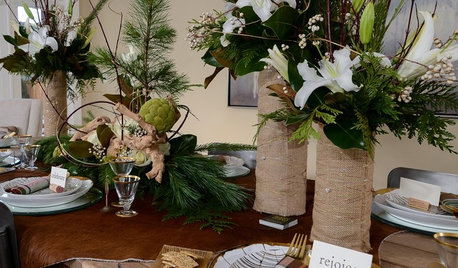
HOLIDAYSNaturally Festive: An Organic Approach to Holiday Decorating
Give your home a look of pure comfort and joy this season with natural materials in a neutral palette
Full Story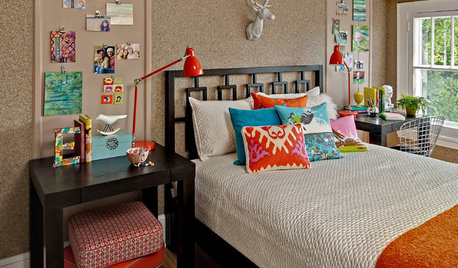
KIDS’ SPACESAn Unconventional Approach to Teen Room Decor
Wall-to-wall posters and riotous colors? So not cool. Find out how to give your tween or teen a room that's truly awesome
Full Story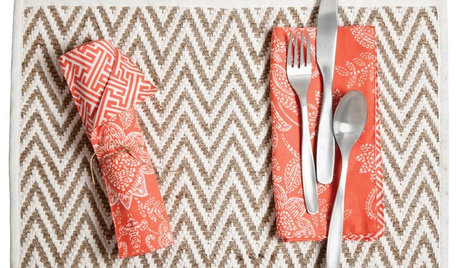
Preview: The Shops at Target Take a New Approach
The big red bulls-eye partners with a handful of boutiques nationwide to offer housewares, accessories and more
Full Story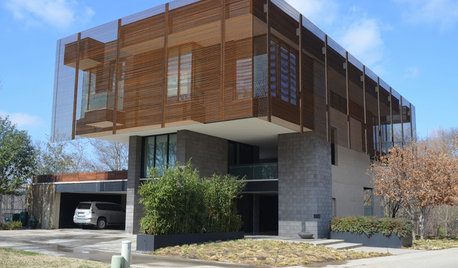
HOUZZ TOURSMy Houzz: A Modern Approach to Efficient Living in Dallas
Energy efficiency, water conservation and resilient materials are key to this home in a Texas development
Full Story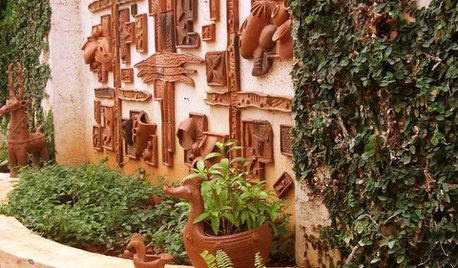
DECORATING GUIDESSlow Design: Today's 'Wabi-Sabi' Helps Us Savor the Moment
Learn about the design movement that's aiming to satisfy our real needs, leaving materialism in the past
Full StorySponsored
Industry Leading Interior Designers & Decorators in Franklin County







ilbasso_74
mutant_hybrid
Related Professionals
Danbury Landscape Architects & Landscape Designers · Brentwood Landscape Architects & Landscape Designers · Prairie Ridge Landscape Architects & Landscape Designers · Burlington Landscape Contractors · Goodyear Landscape Contractors · Estelle Landscape Contractors · Framingham Landscape Contractors · Long Beach Landscape Contractors · Northbridge Landscape Contractors · Panama City Beach Landscape Contractors · Quincy Landscape Contractors · Ramsey Landscape Contractors · Saint Paul Landscape Contractors · Cypress Swimming Pool Builders · Fontana Swimming Pool Builderspetiolaris
drwurmOriginal Author